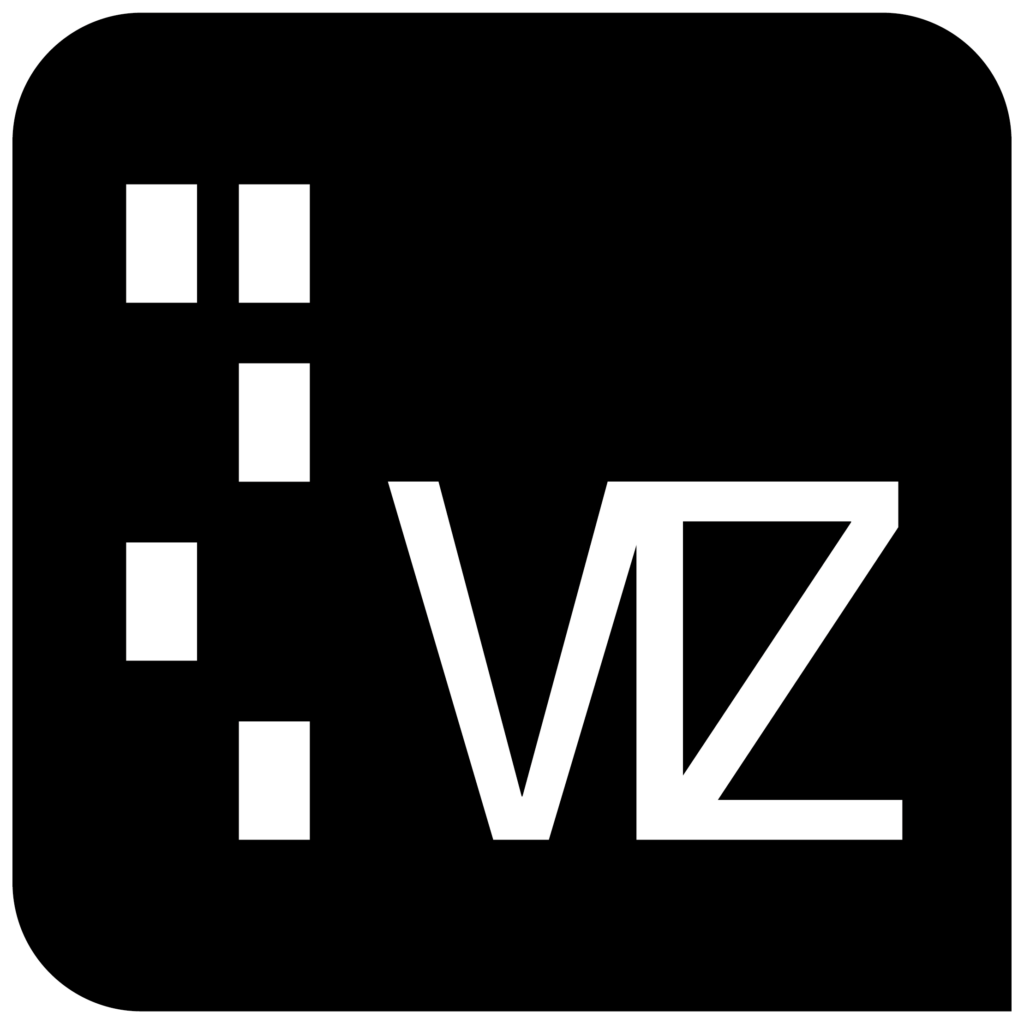
It provides businesses with a clear picture of their future financial obligations and helps them make informed decisions regarding resource allocation. By accurately recording and tracking encumbrances, businesses can avoid overspending and ensure that they have enough funds to cover their commitments. In conclusion, encumbrance accounting is a powerful tool that offers a range of benefits for organizations.
- If you do not carry forward encumbrance balances at the end of the fiscal year, all encumbrances automatically go to zero at the beginning of the next year.
- Now finalized numbers are in place, and there is a legal obligation to make the payment.
- This can be done for future vendor payments against purchase orders or purchase requisitions or can be set aside for tax, mortgage, debt or legal payments.
- This encourages transparency and increased visibility in how the budget is being allocated and how money is being spent.
- First run Carry Forward rule 3, Funds Available, then rule 2, Encumbrances and Encumbered Budget.
- These advancements will streamline the encumbrance accounting process, allowing for more efficient tracking of future payments and expenses.
These accounts will be used to record the financial commitments made by your organization. It is important to categorize these accounts appropriately to ensure accurate tracking and reporting. Encumbrance accounting is also referred to as commitment accounting, which involves setting aside money ahead of time to meet anticipated expenses. The amount is set aside by recording a reserve for encumbrance account in the general ledger. This is to ensure that the organization has sufficient funds to meet anticipated payment obligations.
Recording Encumbrances
As organizations strive for greater efficiency and accuracy in their financial management, encumbrance accounting systems and software will continue to evolve. By embracing these future trends, companies can optimize their encumbrance tracking processes, improve budget control, and make more informed financial decisions. Ultimately, encumbrance accounting helps organizations maintain financial discipline, enhance transparency, and ensure that resources are utilized efficiently and in accordance with their intended purpose.

If you do not carry forward encumbrances, you might want to cancel existing requisitions and purchase orders behind the encumbrances. You can define as many additional encumbrance types as you want or change the names of the standard encumbrance types to reflect the terminology you use within your organization. You specify an encumbrance type when you enter an encumbrance and when you perform inquiries. Now that we understand how encumbrances are recorded and reported, let’s explore some practical examples to further illustrate the concept.
Demystifying Encumbrance Accounting: Definition And Recording
Your reserve funds should be treated as if they don’t exist, and only dipped into for approved purchases or expenses. Though it may be tempting to leave extra money in the general fund to pull from whenever something comes up, doing so could easily over-extend your budget and place serious constraints on your cash flow. An Encumbrance is a type of transaction created on the General Ledger when a Purchase Order (PO), Travel Authorization (TA), or Pre-Encumbrance (PE) document is finalized. When an encumbrance is established, the organization’s financial manager should ensure funds will be available for payment of the transaction, in accordance with the overall life-cycle of the contract. The concept is most commonly used in governmental accounting, where encumbrances are used to ensure that there will be sufficient cash available to pay for specific obligations. By using encumbrances, a government entity can be assured that it will not over-extend its finances.
One of the most common examples of an encumbrance is the money allotted when you create a purchase order for services or items from a vendor. When you make the PO, you then will generate an entry indicating the encumbrance or the money you will pay in the future for that order. Once you pay that supplier’s invoice, you will remove that money from within the encumbrance balance. The lender, encumbrance accounting generally a bank, retains an interest in the title to a house until the mortgage is paid off. If the borrower cannot repay the mortgage, the lender may foreclose, seizing the house as collateral and evicting the inhabitants. A tax lien is a lien imposed by a government to force the payment of taxes; in the U.S., a federal tax lien trumps all other claims on a debtor’s assets.
Internal Encumbrance
Other examples of encumbrance can include money set aside for payroll, allotted cash for monthly fees such as utilities or rent, and cash that is set aside for taxes or other longer-term fees. It is up to your company to decide which items will be the most helpful for them to track to more accurately predict and track cash flow. Cloud solutions offer several advantages, including enhanced accessibility, scalability, and data security. With cloud-based software, organizations can access their encumbrance accounting data from anywhere, collaborate in real-time with team members, and easily scale their systems as their needs evolve.

Despite these limitations, encumbrance accounting continues to be widely used as an effective tool for budget management, financial planning, and expenditure control. Encumbrance accounting is an essential element in providing accurate financial information and maintaining transparency in an organization’s financial operations. It allows businesses and institutions to plan and monitor their spending, ensuring that the allocated funds are used appropriately and in accordance with the budget. The encumbrance accounting entry is done for funds set aside for future expenses that are liable to be paid. These expenses have not been billed yet, but money has been set aside from the company’s budgets. So, embrace encumbrance accounting as a powerful tool in your financial management arsenal, and harness its benefits to drive your organization towards greater financial stability and success.
By carefully and accurately tracking your encumbrance amounts, you also increase spending visibility. It reduces unnecessary spending when tracked this way and can help catch any fraudulent purchases more quickly. Overall, it can assist in making purchasing information more transparent and easily accessible when needed to enable tracking and overspending prevention. Once both the purchase requisition and the vendor approve the pricing and order details, the pre-encumbrance phase evolves into the encumbrance phase. Now finalized numbers are in place, and there is a legal obligation to make the payment. This phase is recorded in the general ledger when using encumbrance accounting, even if you did not use the pre-encumbrance stage.

